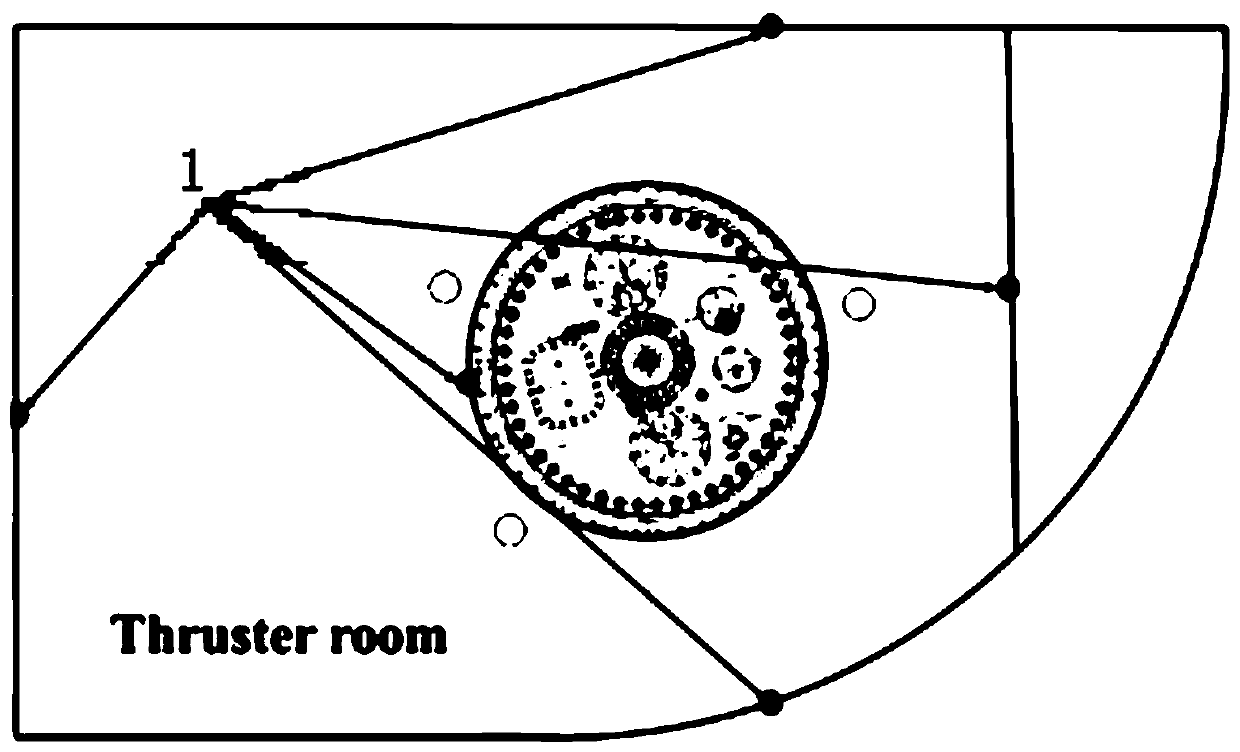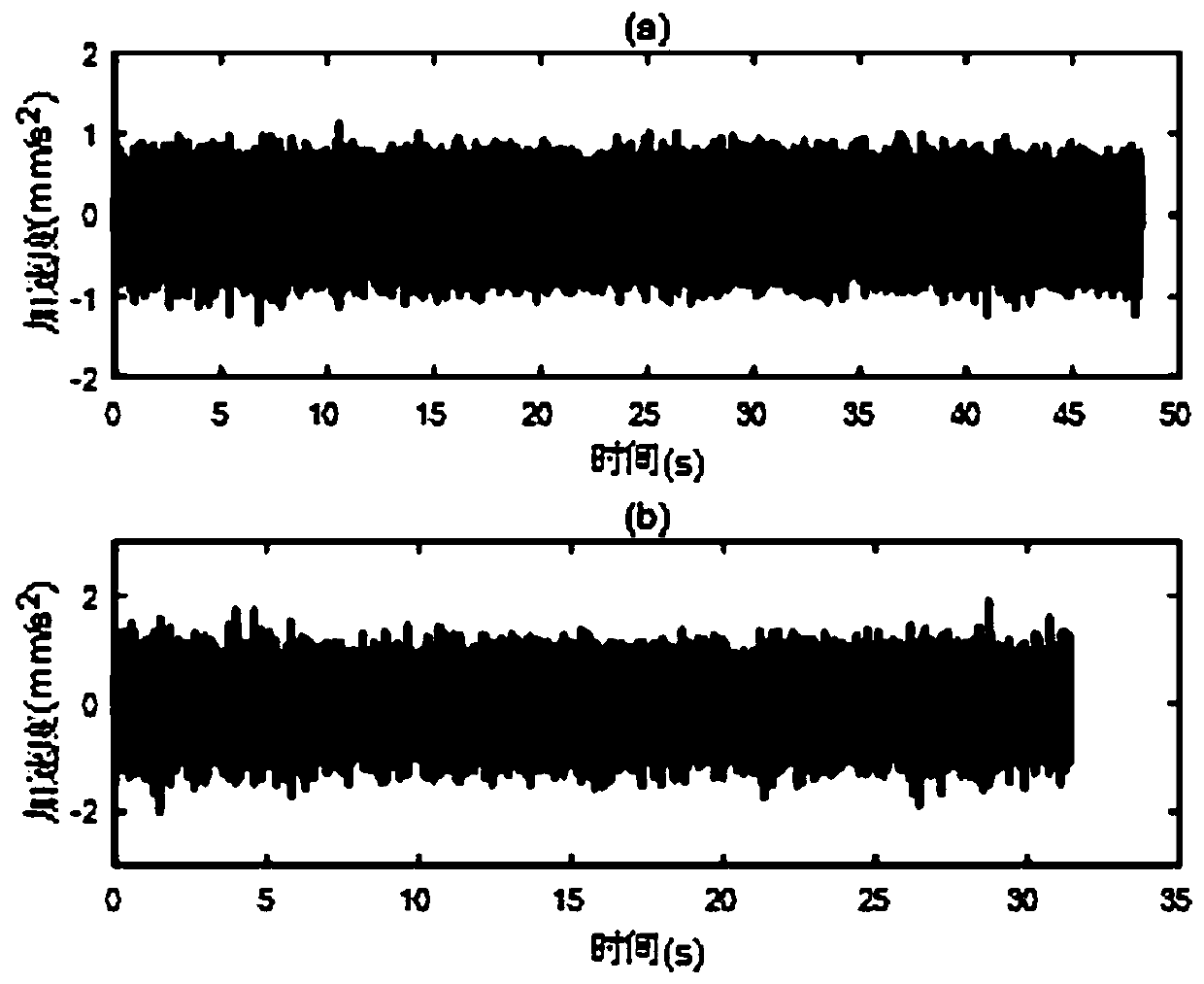Output-based semi-submersible ocean platform energy transfer path analysis method
An ocean platform and energy transfer technology, applied in character and pattern recognition, instruments, computer components, etc., can solve problems such as inconvenience, time-consuming, and large space
- Summary
- Abstract
- Description
- Claims
- Application Information
AI Technical Summary
Problems solved by technology
Method used
Image
Examples
Embodiment Construction
[0069] The present invention will be further explained below in conjunction with the description of the drawings.
[0070] figure 1 It is a schematic diagram of the DP cabin plan and sensor installation diagram of a semi-submersible offshore platform;
[0071] figure 2 Time domain diagram of test data at different speeds at the propeller;
[0072] image 3 It is the time-frequency diagram of the vibration signal of the propeller at 680rpm;
[0073] Figure 4 Time-domain and frequency-domain diagrams of 137Hz characteristic signal components of No. 1-9 sensors;
[0074] Figure 5 Is the spatial distribution result of the vibration energy transmission path obtained by the method of the present invention;
PUM
 Login to View More
Login to View More Abstract
Description
Claims
Application Information
 Login to View More
Login to View More - R&D
- Intellectual Property
- Life Sciences
- Materials
- Tech Scout
- Unparalleled Data Quality
- Higher Quality Content
- 60% Fewer Hallucinations
Browse by: Latest US Patents, China's latest patents, Technical Efficacy Thesaurus, Application Domain, Technology Topic, Popular Technical Reports.
© 2025 PatSnap. All rights reserved.Legal|Privacy policy|Modern Slavery Act Transparency Statement|Sitemap|About US| Contact US: help@patsnap.com



